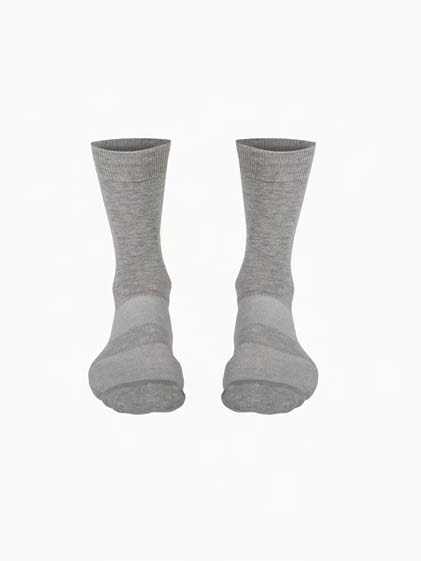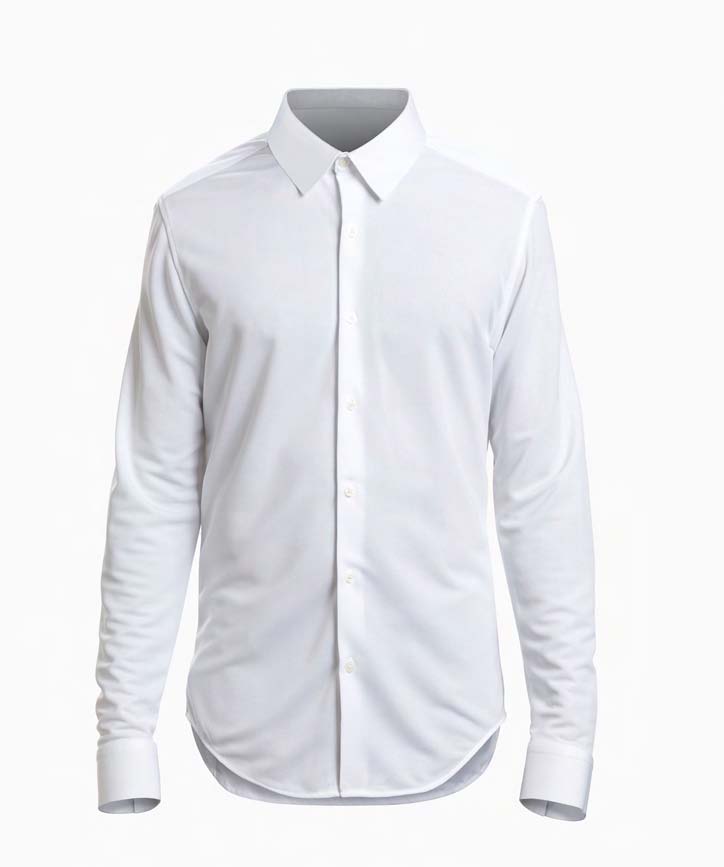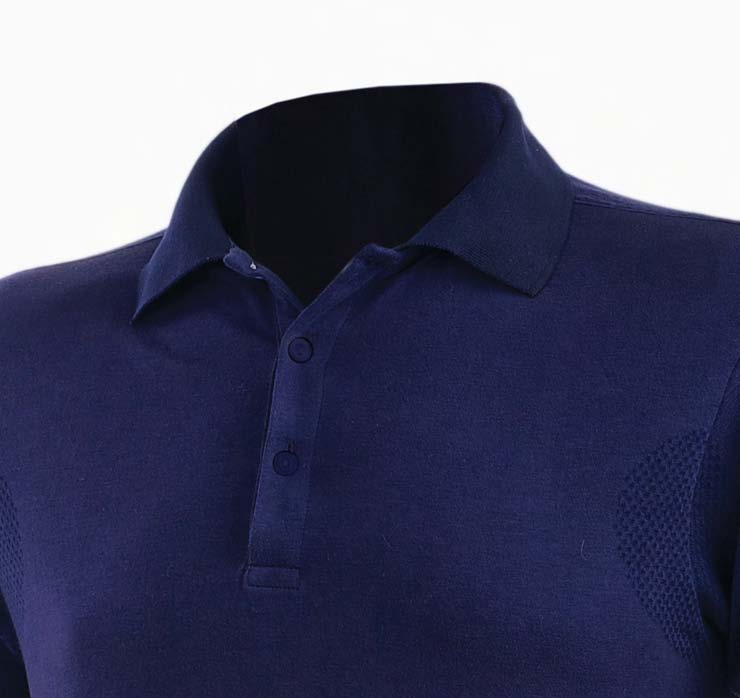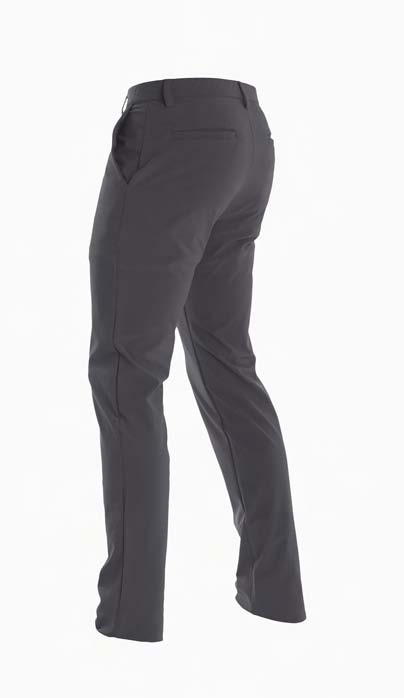After graduating from Tech, Aman Advani, IE 2007, went into consulting—a careermove than involved a lot of long working days and a lot of air travel. Neither was good for keeping his professional clothes fresh. Advani noticed that his cotton dress shirts easily wilted and wrinkled, and they were unforgiving to perspiration.
Advani and some of his colleagues, however, noticed that the exercise clothing they’d change into afterhours was far more comfortable. It was made from higher tech materials that were designed to react to temperature and moisture. “We all had similar stories,” Advani says. “How can you take that comfort and bring it into the other 23 hours of the day?”
They decided there was no reason their business clothes couldn’t perform as well as their athletic gear. Advani joined Kit Hicken and Gihan Amarairaiwardena to found Ministry of Supply in 2011. The following year the company launched the finished products in its clothing line, which Ministry of Supply dubs “Performance Professional” apparel.
Advani says their clothes are designed for fast-paced people who love what they do and keep a fuzzy line between work and life—and want to look good doing it.
“We get up at 7 a.m., get on a train, car, airplane.”Advani says. “It’s hot outside, cold outside; we meet a friend for dinner; get a drink with a client. Everything is wrinklefree and moisture wicking. People don’t have time to go to the dry cleaner. They don’t want to have to go home and change.”
Advani says Ministry of Supply designs its clothing by blending high-tech fabrics and manufacturing techniques with traditional fashion design. For example, one of the company’s dress shirts is made using phase-change materials, which NASA uses in space suits to regulate body temperature. It stores heat when you’re hot and releases it back to you when you’re cold, Advani says.
The company’s designers also develop their own materials when there aren’t existing products on the market that do what they’d like. “In a lot of ways we think of ourselves more of a product design company then a fashion company,” Advani says.
Advani says another strategy they’ve taken is working with manufacturers who don’t typically produce dress clothes. “One of the challenges we didn’t really anticipate is that most of these techniques exist—they’ve just never existed in this world,” he says.
One of these techniques is called thermal lamination, which Ministry of Supply uses to create a crisp, smooth collar on a dress shirt. Thermal lamination is more commonly used to make things like the bill on the hood of a high-end rain jacket.
“Half the battle is invention and half the battle is application,” Advani says. “One of the major challenges is you’re either training someone who knows these techniques to make a great dress shirt, or teaching an Italian dress shirt manufacturer that’s been around for 200 years to update its technology.
How do you get a dress shirt maker to buy a laser cutter? That’s just not going to happen.”Aesthetics are also very important for the company. Early on, fashion designers were brought in to create a sharp, tailored look. “That’s really the point of all this technology. To make a better garment that’s more suited for your day and makes you feel better when you’re wearing it,” Advani says.
This article first appeared in the Georgia Tech Alumni Magazine Volume 90, No.3, 2014.




